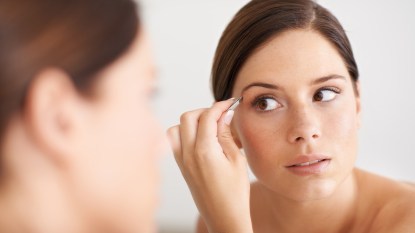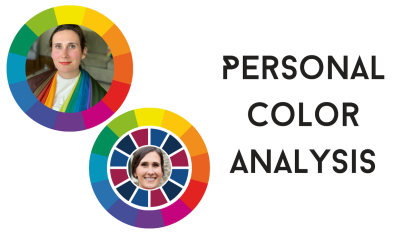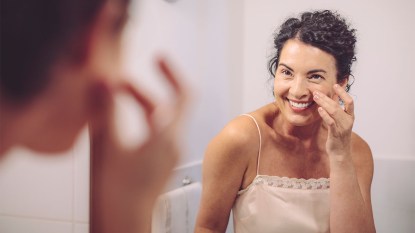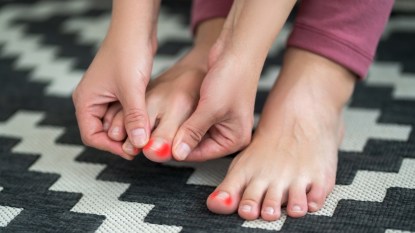At-Home Teeth Whitening Tricks That Work for Any Type of Stain to Make You Look Younger Fast
Learn the best treatment for sensitive teeth too
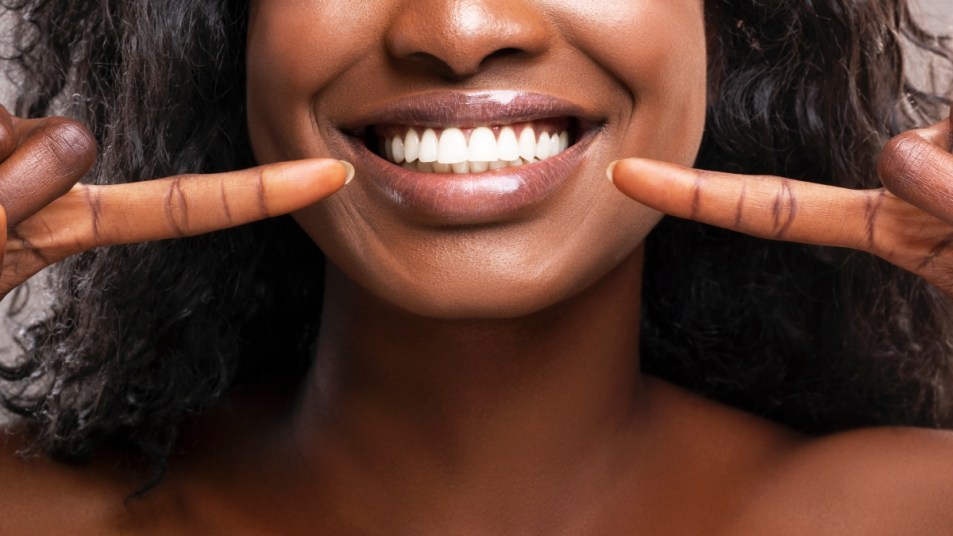
If you’ve found yourself looking extra closely in the mirror lately or zooming in on pictures in your camera roll to analyze your teeth, wondering why your teeth look yellow, you’re not alone. Many of us have struggled with frustrating stains at some point or another, whether that be from our morning coffee or simply not using the right toothpaste. While there’s nothing wrong or necessarily unhealthy about having yellow teeth, it’s okay to want to brighten them up a bit. However, professional whitening appointments can quickly add up and leave a dent in your wallet, and regular toothpaste isn’t always guaranteed to whiten. To combat those stains, we tapped top cosmetic and general dentists for the best DIY teeth whitening tricks.
What causes tooth stains?
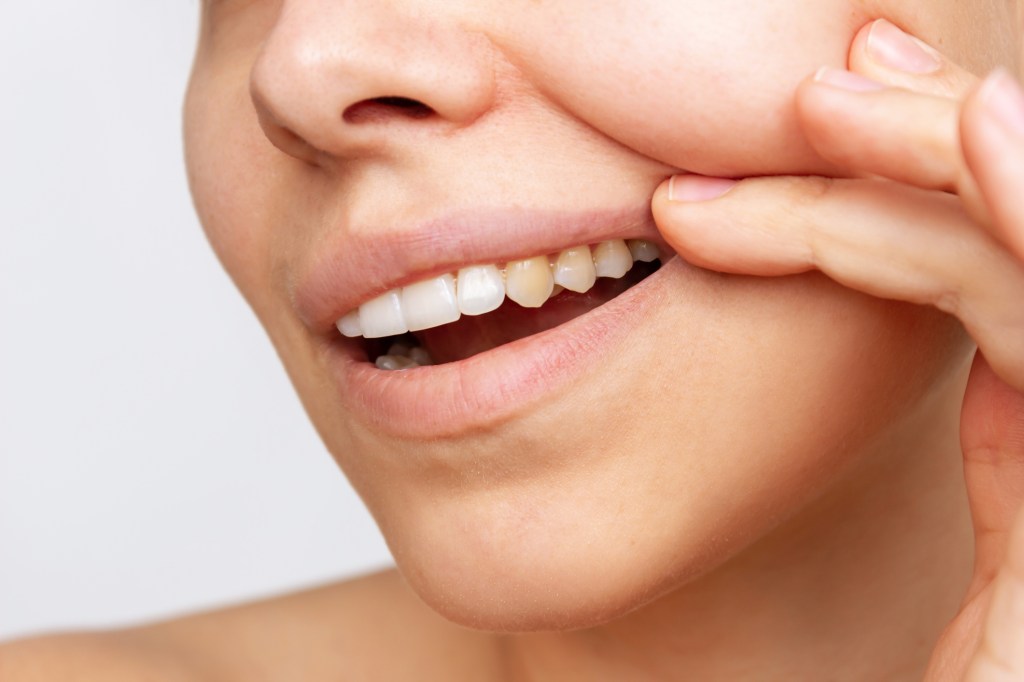
Many things can lead to extrinsic stains on our teeth, leaving behind discolored yellow-ish or brown-ish spots. Here are some of the most common causes:
1. “Social habits”
Extrinsic staining, or subtle discoloration of the enamel’s surface, is caused by a mild buildup of pigments from food, drinks and tobacco, says Chicacgo-based cosmetic dentist Jessica Emery, DMD. “Superficial stains often appear at the gumline and between teeth first because those areas have more sticky plaque for the particles to adhere to.”
Elizabeth Mitrani, DDS, dentist at Englewood Cliffs Dentistry in New Jersey, agrees. “The most common causes of yellowing and stains on teeth stem from ‘social’ habits — foods with especially high staining potential, like berries, tomato sauces, drinks [such as] coffee, teas and colas are the worst offenders and smoking.”
2. Aging
Like many issues that arise as we get older, teeth are also susceptible to aging and are more prone to yellowing. That’s because just like our skin and hair, teeth begin to ‘thin’ over time. “Enamel can thin over time exposing more of the dentin layer of the tooth underneath — this layer is naturally darker than enamel, explains Dr. Mitrani. “Thinning may be due to teeth grinding/clenching, which is common in the older population. This can put a lot of stress on the enamel causing it to flake off. Brushing too hard or with a toothbrush with hard bristles will also thin enamel. The cumulative effect can be a darker smile.”
3. Other causes
Dr. Mitrani says that other causes that you may be predisposed to such as genetics, medications or illnesses can also lead to staining. Why? They “may have affected the development of the tooth structure and its white enamel ‘coat,” she says.
Is it possible to whiten teeth instantly?
In the world of new viral beauty trends seemingly popping up every day, it’s no surprise there has been some “instant” teeth whitening hacks influencers and social media users have claimed to work. However, dentists, including Dr. Mitrani, are not so convinced by these so-called instant stain removers.
“There really are not any quick/permanent/safe ‘fixes’ to achieve white teeth,” notes Dr. Mitrani. “There are plenty of videos circulating with whitening ‘hacks.’ I have seen recommendations of brushing with baking soda, lemon juice mixed with baking soda, activated charcoal and apple cider vinegar, just to name a few.” The caveat? “These ‘fixes’ can actually cause harm by weakening your enamel and causing tooth sensitivity,” she says. “Other hacks are not necessarily damaging — like purple mouthwash — but not particularly helpful either.”
DIY teeth whitening tips
With those precautions in mind, if you are still interested in trying some DIY teeth whitening methods at home, here are the most buzz-worthy and effective hacks.
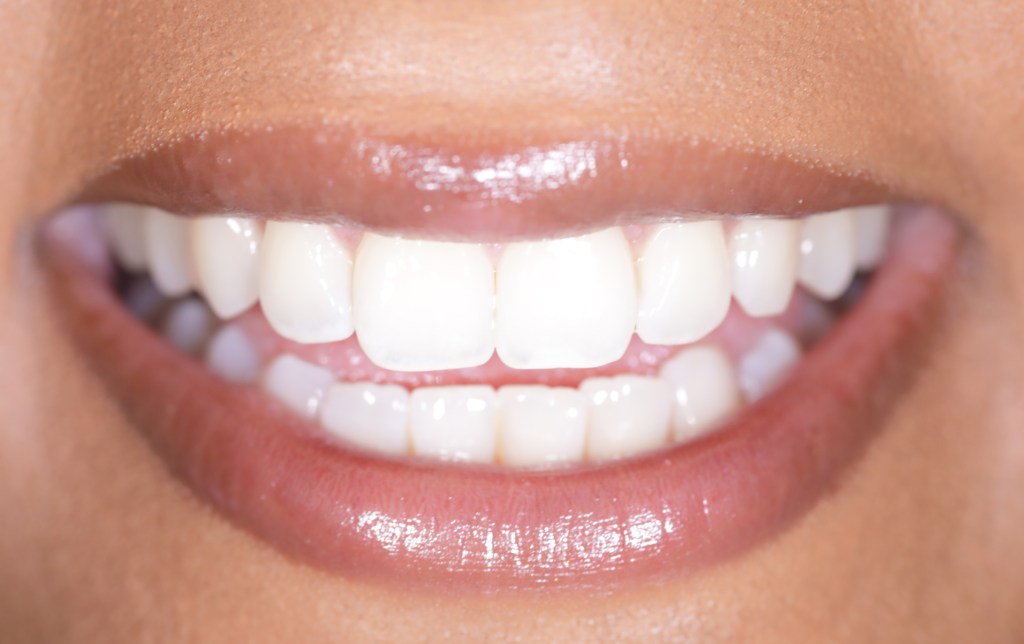
First and foremost, a proper oral hygiene routine is a must for getting — and maintaining — a pearly white smile, says Dr. Mitrani. “The best DIY whitening you can do at home starts with creating and maintaining a healthy mouth – that includes your teeth and your gums,” says Dr. Mitrani. This routine should include regularly brushing, flossing and using mouthwash. Further, “regular dental cleanings to remove plaque/calculus are important because stains are attracted to these sticky deposits.”
1. To brighten teeth overall: Try a whitening toothpaste and mouthwash
This tip isn’t anything new, as whitening pastes and fluorides have been around for decades — but they have improved over the years! As part of your regular oral hygiene routine, choose products that not only clean but have whitening properties as well, therefore killing two birds with one stone.
How do they work, you may ask? “Some [whitening toothpastes] have small ‘beads’ of silica, which are safe/gentle ways to ‘scrub’ off superficial stains,” explains Dr. Mitrani. “Other types of whitening toothpastes have hydrogen peroxide which ‘bleaches’ off stains and whitens.”
A good whitening toothpaste to try is Colgate Optic White Advanced Whitening Toothpaste as recommended by Dr. Mitrani. She says this paste helps “reduce surface/superficial staining. And as far as whitening mouthwash goes, Dr. Mitrani recommends Crest 3D White Brilliance Alcohol Free Whitening Mouthwash and we also love the TheraBreath Whitening Fresh Breath Oral Rinse.
2. To conceal mild surface stains: Use purple mouthwash or toothpaste
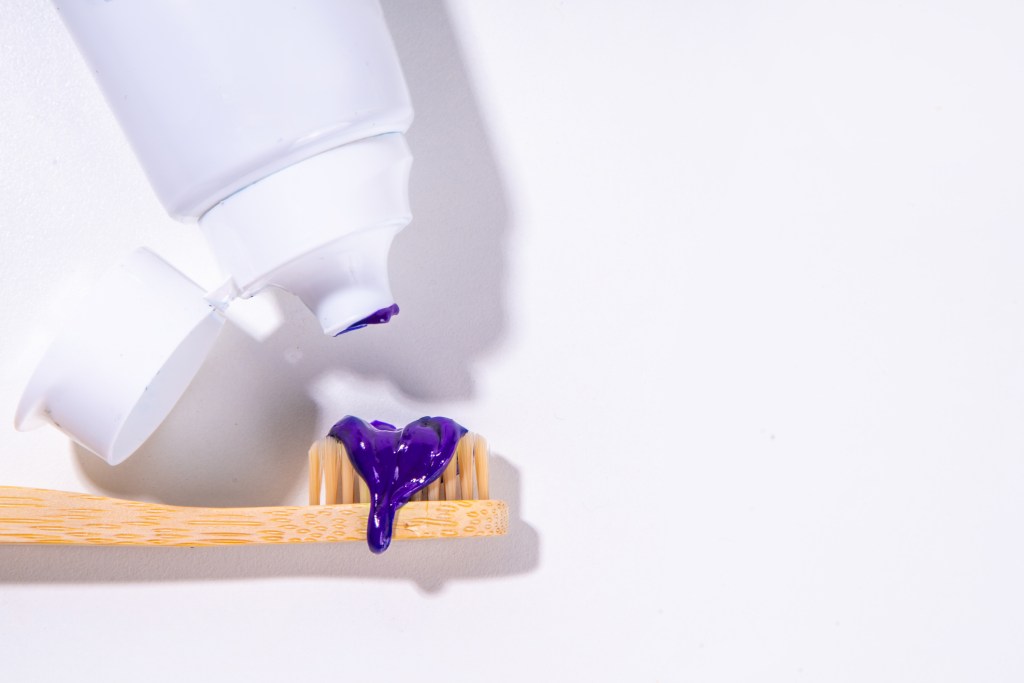
As Dr. Mitrani mentioned earlier, purple toothpaste or mouthwash probably won’t harm your teeth, but there’s not a lot of science behind it effectively whitening teeth either. However, it does provide a quick fix by canceling out yellow tones (not exactly whitening the enamel of the tooth), which can be helpful for a last-minute event.
To see the results of using a purple toothpaste, watch the video below from @theinvisaligngoddess9051 on YouTube.
3. To block red wine stains: Enlist seltzer
The next two whitening hacks weren’t mentioned by Dr. Mitrani, but have been claimed by many to whiten teeth. One of these hacks is sparkling water. Tannins in red wine, cola and coffee cause proteins, sugars and carbs to stick to enamel, leaving behind stains. But seltzer’s bubbles fizz on teeth to whisk away dulling residue. To do: Swish with seltzer or sparkling water between sips of vino.
4. To remove set-in stains: Grab a banana peel
Banana peel’s potassium, magnesium and manganese act as natural bleaching agents to break down embedded stains. To do: Rub teeth with the inside of a banana peel for two minutes; let sit 10 minutes. Brush off residue with a dry toothbrush; rinse.
Is safe to use peroxide for DIY teeth whitening?
The short answer is yes. Peroxide has long been used as an ingredient in teeth whitening, whether that be the DIY route or in professional whitening treatments. In fact, it is the main ingredient in many whitening products, including some of your favorite whitening strips such as Crest 3D Whitestrips.
Peroxide “bleaches” the enamel to nix yellowing. If you don’t want to spend the money on whitening strips, try this DIY method to make them at home. To do: Soak cotton rounds in 1 teaspoon each of hydrogen peroxide and distilled water; add to a zip-top bag. Prior to an event, wipe one on teeth and let sit 30 seconds, then rinse.
Or try a peroxide mouthwash. TikToker Kristen Machado went viral for this simple trick, which she uses right before parties and big events. To do: Combine three parts mouthwash with one part hydrogen peroxide (diluted, 3 percent). Sprinkle in a little baking soda, and mix the solution. Then rinse with it after you brush your teeth.
A word of caution: Don’t brush treat your teeth with a mouthwash, peroxide and baking soda solution every day. It can erode your enamel, make your teeth more sensitive and even make them appear yellower over time, according to experts. So it’s best to use 2-3 times a week.
How to whiten sensitive teeth
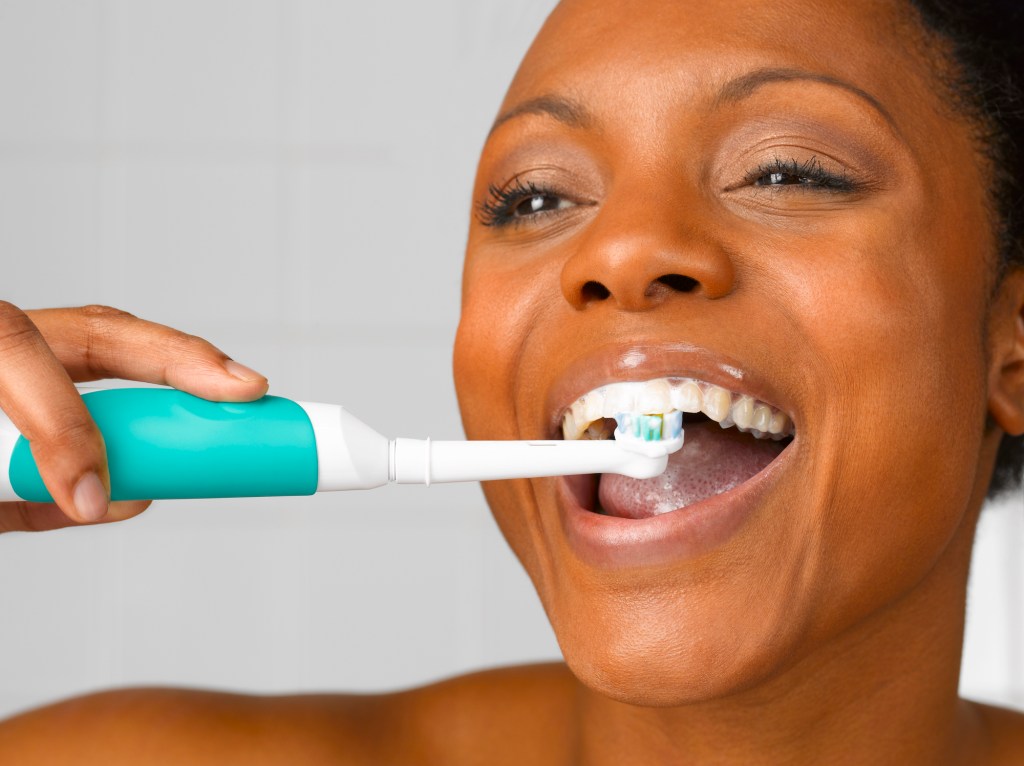
Studies show that one out of every eight Americans suffer from tooth sensitivity. If you’re one those who gets a zing of pain when you sip hot tea or eat ice cream, you probably already know that some whitening products can exacerbate your sensitivity. The culprit: peroxide.
“When peroxide molecules — the active ingredient in most whiteners — penetrate the enamel, they increase pressure in the tooth pulp, which can inflame the nerve and make teeth more sensitive,” says Dr. Emery. But sensitivity toothpastes, like Sensodyne Clinical White Stain Protector Toothpaste, combine potassium nitrate (a compound that calms the nerve) with low levels of hydrated silica (a buffing agent that won’t cause inflammation) for gorgeous teeth without the twinge.
To double the sensitivity-soothing and stain-fighting power, cosmetic dentist Kevin Sands, DDS, suggests pairing the toothpaste with a sonic toothbrush, like Philips Sonicare Toothbrush. “This brush is more expensive but worth the cost,” he says. “It uses sonic vibrations to create the equivalent of 31,000 brush strokes per minute to remove stain-causing debris — it’s like a professional cleaning.” Bonus: The massaging action revs circulation in the gums and reduces gum recession — a major cause of sensitivity.
Related: Cosmetic Dentists: The 7 Best At-Home Ways To Whiten Sensitive Teeth
Note: Make sure to visit your dentist if you notice any serious discoloration — it may be a sign of an urgent dental issue.
For more DIY anti-aging beauty tricks, click through these stories:
How to Contour With Self Tanner for a Youthful, Sculpted Face — No Makeup Needed
Skincare Pros Reveal How to Get Rid of Keratosis Pilaris for Smooth, Bump-Free Skin
The Secret That Takes Lashes From Thin to Thick Fast: An At-Home Lash Lift


